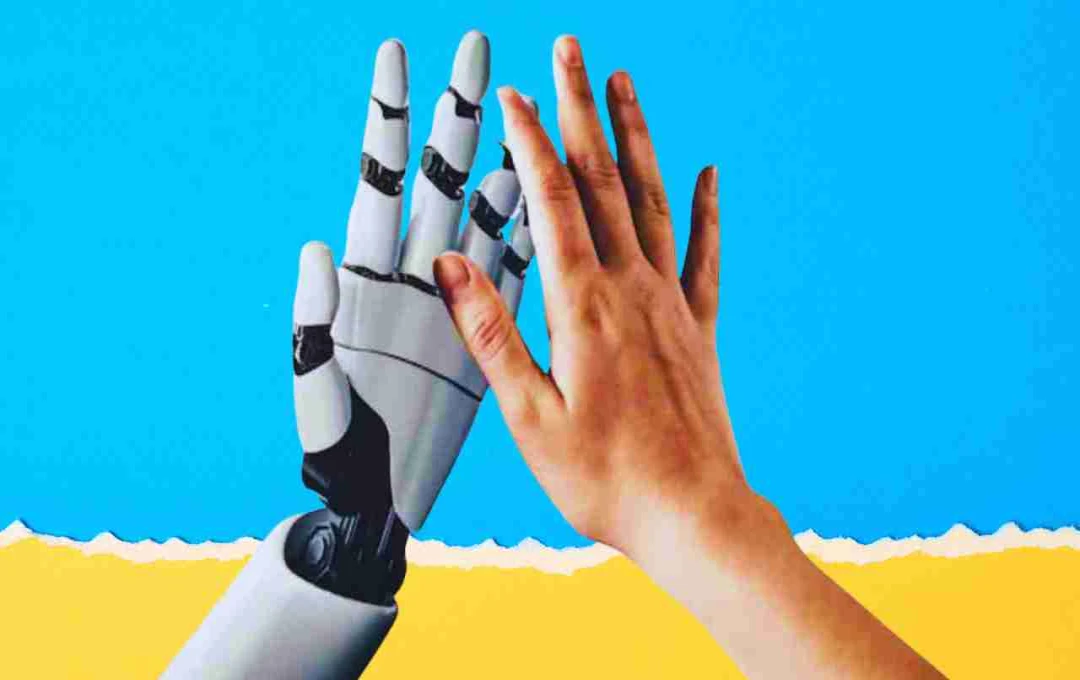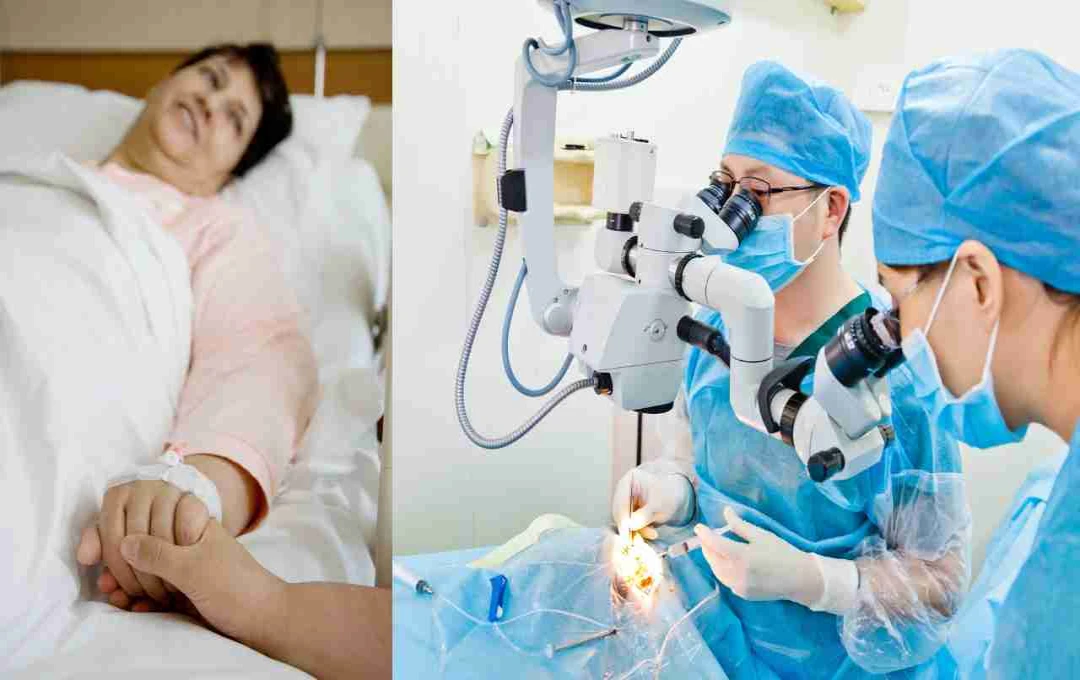Scientists have developed a sensitive electronic skin made from gelatin, which will allow robots to experience sensations like touch, heat, and pain, just like humans.
Robots Artificial Skin: A new revolution has begun in the world of technology. Until now, we have only seen robots obey commands, speak, and walk, but now they will also be able to 'feel.' Yes, you read that right! Scientists have developed an electronic skin (Artificial Skin) that is capable of sensing sensations like human skin. This will transform robots from mere machines into entities that can recognize touch, temperature, and pain. This discovery will not only give a new dimension to the world of robotics, but can also bring major changes in fields such as artificial limbs, medicine, and disaster management.
What is this new electronic skin like?
This electronic skin is made of a gelatin-based hydrogel that is extremely flexible and sensitive. Its specialty is that it is capable of recognizing and processing electrical signals. A special type of multi-modal sensor has been installed in this skin, which can recognize various types of sensations—such as light touch, pressure, heat, and injury.
How does this sensitive skin work?

The basic foundation of this technology is the combination of electrodes and sensors. When contact is made with an external object, this skin physically recognizes that touch or impact and then converts it into an electronic signal. These signals are read by a computer or machine learning system, which can determine which sensation occurred and how intense it was. This skin was tested by molding it into the shape of a human hand, in which it was examined by doing actions like touching it with a finger, applying heat, and cutting it with a sharp object. More than 1.7 million data points were collected from these tests. Using this data, scientists have developed a machine learning model that is capable of recognizing sensations.
Is it the same as human skin?
Although this electronic skin is not as advanced as human skin, according to scientists, it is the best artificial skin to date. Thomas George Thuruthel, a robotics expert at University College London (UCL), says, "This technology does not match human skin, but it is better and more reactive than all other options."
What were the technical challenges?

Several technical obstacles also arose in this research. Such as the problem of signal interference between different sensors, the fragility of the hydrogel, due to which it could break quickly, and maintaining the stability of the data for a long time. However, scientists have largely solved these problems through special software algorithms and robust construction techniques.
In which fields will it be used in the future?
The biggest advantage of this new electronic skin can be seen in prosthetics (artificial human limbs). For people who do not have hands or feet, such artificial limbs can now be made that can feel touch and convey that information to the brain.
In addition, this technology is useful in:
- Surgical robots: That can understand subtle sensations while operating.
- Disaster relief operations: Can help identify people buried under rubble by touch.
- Automobile sector: Where cars will be able to make touch-based decisions while driving themselves.
- Virtual reality: Which will allow users to experience the reality of touch.
What is the next plan of the scientists?
Now scientists are working towards making this technology more robust and durable. They plan that in the coming years, this skin will be able to recognize not only touch, but also subtle sensations like moisture, vibration, and pain, just like human skin.














